#pelophylax ridibundus
Explore tagged Tumblr posts
Text
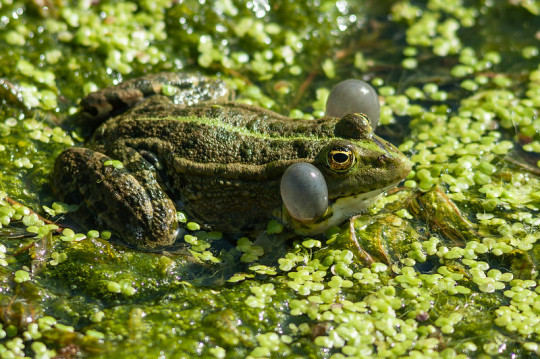
A marsh frog (Pelophylax ridibundus) in Armenia
by Paul Ellis
#marsh frog#frogs#frogs and toads#amphibians#pelophylax ridibundus#pelophyax#ranidae#anura#amphibia#chordata#wildlife: armenia#wildlife: asia
513 notes
·
View notes
Text

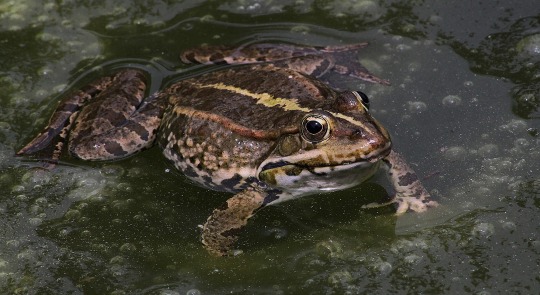
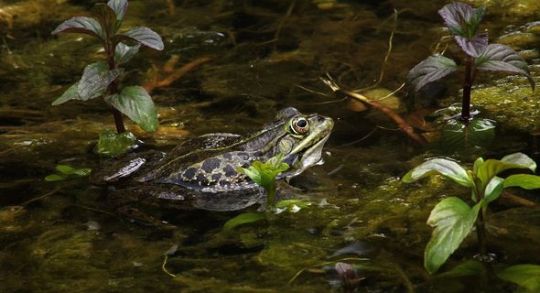

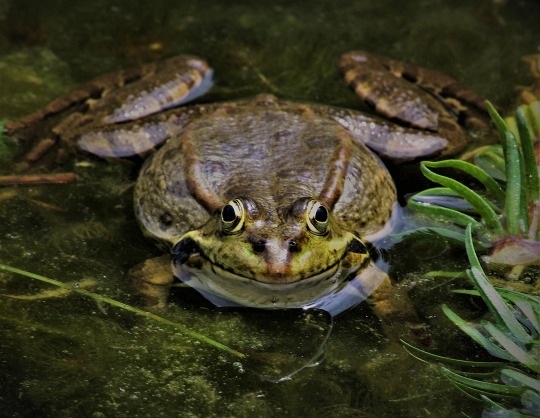
Marsh Frogs (Pelophylax ridibundus), family Ranidae, Geneva, Switzerland
photographs by Garth Coupland
950 notes
·
View notes
Text

The marsh frog (lat. Pelophylax ridibundus)𓆏
Озёрная лягушка (лат. Pelophylax ridibundus)𓆏
#noseysilverfox#photography#nature#frog#naturecore#amphibians#wild animals#фауна#animal#lake#flora and fauna#underwater#love life#nature photography#original photography blog#tumblr#photographers on tumblr#green aesthetic#autumn 2024#природа#фотоблог#лягушка#дикая природа#озеро#животные#амфибии#фотографии природы#турумбочка#интересные факты
97 notes
·
View notes
Text
The taxonomy of Sly Cooper: Part 2
So, the first entry of this series was pretty well-received. Here's part two. This time we'll be focusing of the villains of the first Sly-game, The Fiendish FIve.
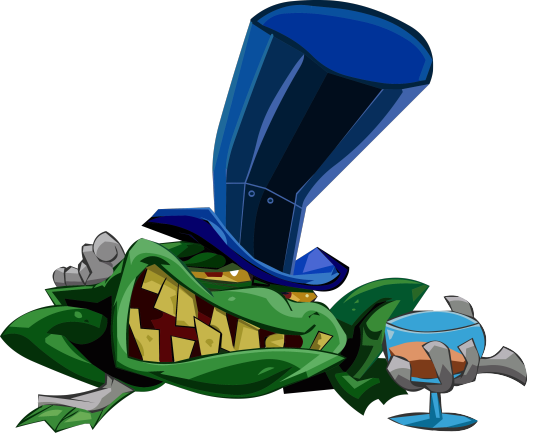
Raleigh was actually kinda difficult to pin down, as he is pretty much just a generic non-descript frog. Looking at a list of amphibians in the British Isles didn't exactly narrow it down, as the UK also has several non-native species of frogs with varying degrees of naturalization. Eventually I settled with the species that I thought best matched his colouration, the marsh frog (Pelophylax ridibundus)
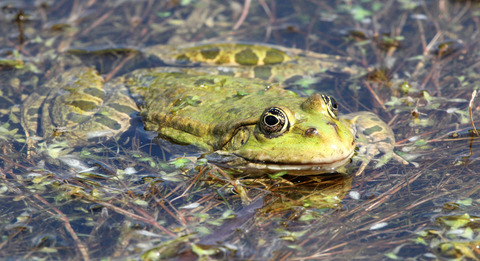
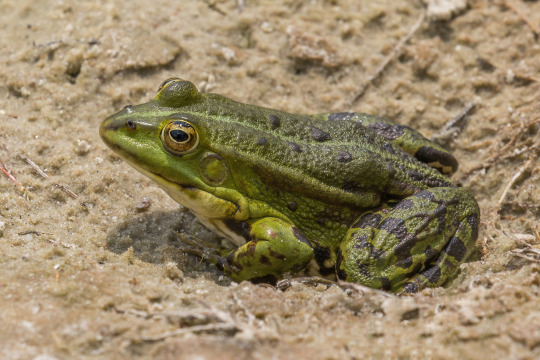
At up to 4 inches long, the marsh frog is the largest and one of the most widespread frog-species native to Europe, although it isn't native to the UK, being introduced in the 1930's. Within the UK it is primarily found in south-eastern England. Researchers are still undecided as to wether or not it poses a threat to the local ecosystem.
True to their name, marsh frogs are generally found in marsh regions, being more tolerant of saltwater and pollution than other frog-species. Like most frogs they primarily feed on insects and other invertebrates, but thanks to their size they can also prey on smaller fish, birds, and rodents.


In contrast, Muggshot was fairly easy to figure out. He is unsurspirisngly an american bulldog, particularly of what is called the "bully"-type. Domestic breeds generally aren't my forté, but I'll do my best.
American bulldogs were originally an offshoot of the english bulldog, which were brought to America following the colonization, where they were primarily used as livestock guardians and catch dogs. The "bully"-type ( also known as the "Johnson" or "Classic"-type) was created by dog-breeder John D. Johnson in the mid 19th-century, by crossbreeding standard american bulldogs with an english bulldog, resulting in a line of dogs that are bigger, more muscular, and with a more pronounced underbite than the standard variation, all very reminiscent of Muggshot.
Primarily used as guard dogs nowadays, american bulldogs are considered to be a loyal and courageous breed with strong protective insitncts. They riquire rigourous training and exercise in order to stay healthy (and make sure they don't skip leg-day, like a certain someone)
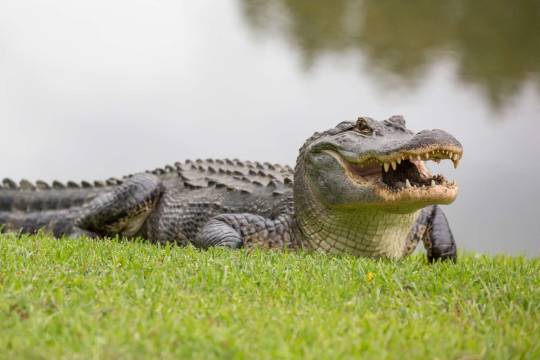
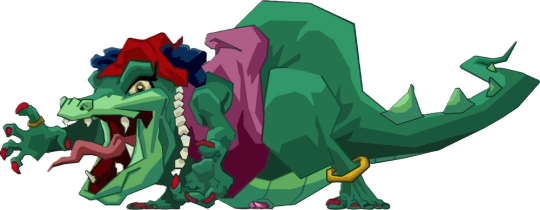
Mz. Ruby also proved to be alittle bit tricky. I had originally pinned her as an american crocodile (Crocodylus acutus) given that she lives in Haiti, where the only native crocodillian is the american crocodile. The Sly Cooper Wiki refers to her as an american alligator (Alligator missisipiensis), but there is nothing in-game that confirms this. However, i then realized that she is probably Cajun given her accent. The Cajun culture originates in Louisiana, where the only crocodilians are american alligators, so that kinda seals the deal.
You wouldn't really know that just by looking at her though. Alligators are distinquished by having short, broad snouts with an overbite. If we look at Mz. Ruby, while her her snout is kinda broad, she sure as hell doesn't have an overbite.
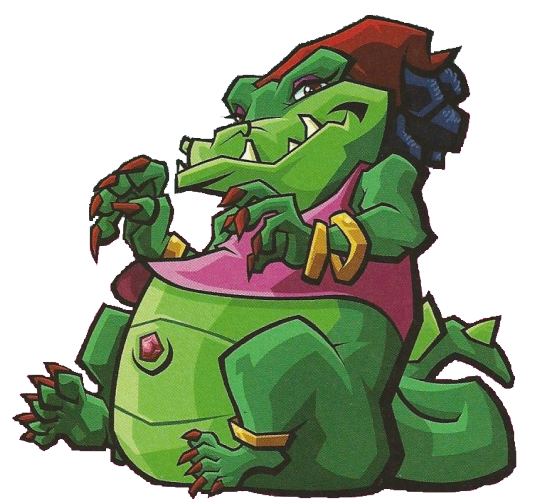
Petty taxonomy bullshit aside, american alligators are found throughout the swamps, rivers, and lakes of the south-eastern United States. They are the apex predators of their environment, and eat pretty much any animal they can get their jaws on. Although their range overlaps with that of the american crocodile in Florida, the two species generally don't compete over resources.
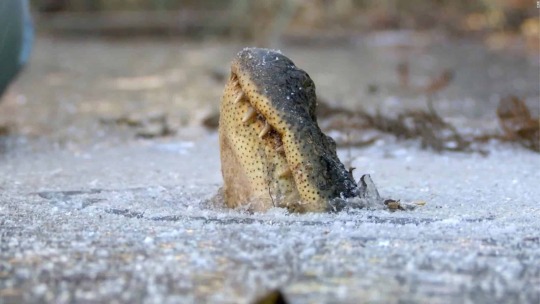
American alligators are some of the most cold-resistant reptiles, being able to survive temperatures as low as 40 degrees fahrenheit or 7 degrees celsius. Should the water they live in freeze over they can go into a kind of suspended animation, by digging a hole in the ice to breathe through, whilst lowering their metabolism and bodily functions to a minimum. Not quite the breaking of the laws of life and death that Mz. Ruby has got going on, but still pretty cool.


Moving unto the Panda King, and yeah... There is no getting around the fact that he is clearly meant to be a giant panda (Ailuropoda melanoleuca). I briefly toyed with the idea of him being one of the many extinct species of Ailuropoda, but that was too far-fetched.
Giant pandas are of course renowned for their cute appearance, strict bamboo diet, and for being the face of animal conservation. Though infamously endangered by habitat-loss in their native mountain range, they are considered less endangered nowadays, being given the IUCN-status of Vulnerable.
And no, pandas aren't an evolutionary dead-end or a lost cause in terms of conservation, and don't deserve to go extinct. Anyone who tells you otherwise likely doesn't understand ecology.
The giant panda is notable for having an extra long sesamoid bone on its front paws, in additon to its five fingers. While not a true finger, this bone practically works like an opposable thumb, which comes in handy when handling bamboo shoots (though it'll take some time before they master the art of pyrotechnics)
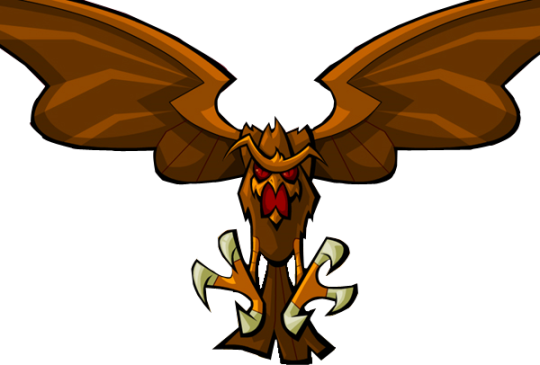

Finally we have Clockwerk, the immortal arch-nemesis of the Cooper Clan. His in-game description doesn't give us much to work with, other than that he is an owl of some kind. We do know that he apparently had an orange plumage before becoming a cyborg. Due to his large size and having a base in Russia, some people have identified him as a eurasian eagle-owl (Bubo bubo), which I can defintiely see.
I however subscribe to the theory that Clokcwerk was originally from Ancient Egypt, and thus like to think that he's a pharaoh eagle-owl (Bubo ascalaphus).
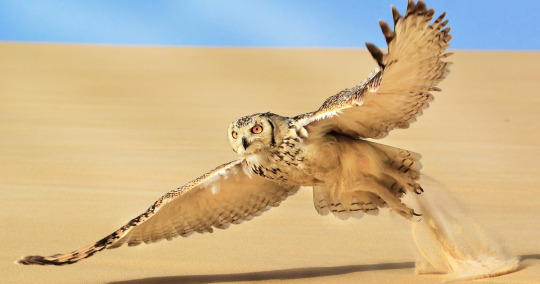
With a wingspan of about 3 feet, the pharaoh eagle-owl is actually one of the smaller members of its genus. It is found throughout Northern Africa along with parts of the Arabian Peninsula. It likes to nest around cliffs and river valleys, where it primarily feeds on rodents, reptiles, and other birds, but occasionally takes on prey as large as hares and desert foxes.
The ancient egyptians associated the owls with wisdom and knowledge, but also regarded them as symbols of mourning and death. Owls were sometimes mummified alongside humans, as it was believed that their night-vision would help guide the deceased through the darkness of the underworld.
15 notes
·
View notes
Text

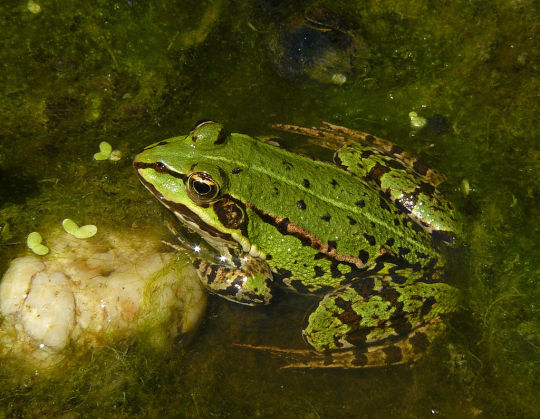
American Toad: These toads lay up to 8000 eggs in a single clutch, laid out in a string. Tadpoles have been proposed to have a mutually beneficial relationship with the algae Chlorogonium, where the algae growing on their backs seems to cause them to grow faster. Like most toads, their parotoid glands contain bufotoxin, a foul-tasting chemical. They are also known to interbreed with A. woodhousii and A. hemiophrys in regions where their ranges overlap. Females of the same clutch, however, are able to recognize their brothers through their calls, avoiding potential inbreeding.
Edible Frog: Found throughout Europe, this species is a hybrid of Rana ridibundus (the marsh frog) and R. lessonae (the pool frog). Due to this, they can be either diploid or triploid and demonstrate different genomes due to a process called hybridogenesis. They are also sometimes quite difficult to distinguish from either parent species, taking on traits from one or both. For example, their hibernation behaviours vary depending on which parent species they coexist with: if near R. ridibundus, they hibernate in water. If near R. lessonae, they hibernate on land. As their common name suggests, they were often eaten by humans of the area.
4 notes
·
View notes
Text
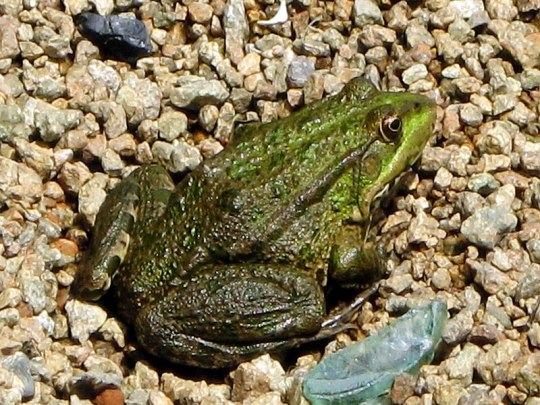
file: Pelophylax ridibundus 08(04). Khortytsia.jpg
1 note
·
View note
Text
Dw01147 Marsh frog
Watercolor of Watercolor of Marsh frog (Pelophylax ridibundus. Latterfrø) Illustration of Eurasian Marsh frog Wikipedia link Eurasian Marsh frog Watercolor by Frits Ahlefeldt Watercolor ref: dw01147 The Marsh frog is called in other languages: Latin: Pelophylax ridibundus – or Rana ridibunda (Both names seems to be used for Marsh frog) Denmark: Latterfrø Norway: Latterfrosk Sweden:…
0 notes
Text
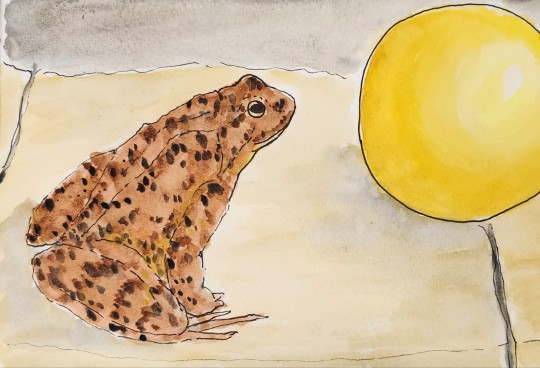
Daily Doodle #0031
The Frog Prince saves the gold ball from the well.
@onedoodleaday prompt: Something from a classic fairy tale
Drawing circles is hard. Prince is based off the European Marsh Frog (Rana ridibunda or Pelophylax ridibundus).
Made it to a month!
#the frog prince#the brothers grimm#fairy tales#marsh frogs#frog art#daily doodle#watercolors#ink and wash#liner pen#fanart
0 notes
Text

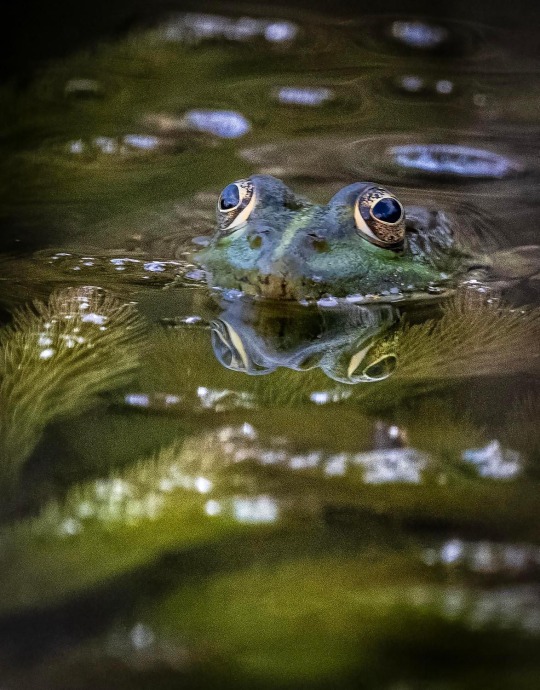
Frog reflections
Bulgaria has seven breeds of Frog pictured is the Marsh Frog
(Pelophylax ridibundus) please correct me if I am wrong
Adults grow up to 15 cm long.
They have a pointed snout, robust body, and long, powerful legs.
This species’ coloring is dark green to olive, fading to brown on the sides and legs.
They have black blotches across the body, which form bands on the hind legs.
0 notes
Text

today's funky frog of the day: the marsh frog (Pelophylax ridibundus)!!! native to europe and parts of asia, these fellows are believed to have a mutualistic relationship with water buffalo! they climb onto the buffalo and eat the flies on them. they use earth's magnetic field to find places to breed.
photo by Andreas Eichler
#marsh frog#Pelophylax ridibundus#this was a suggestion as someone wanted a frog from germany#these beautiful fellows live there!#frogblr#funky frog of the day
305 notes
·
View notes
Text
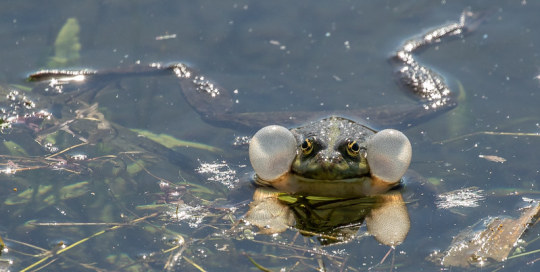
A marsh frog (Pelophylax ridibundus) in England
by Graham Thurlow
#marsh frog#frogs#amphibians#pelophylax ridibundus#pelophylax#ranidae#anura#amphibia#chordata#wildlife: uk#wildlife: europe#introduced species
125 notes
·
View notes
Text
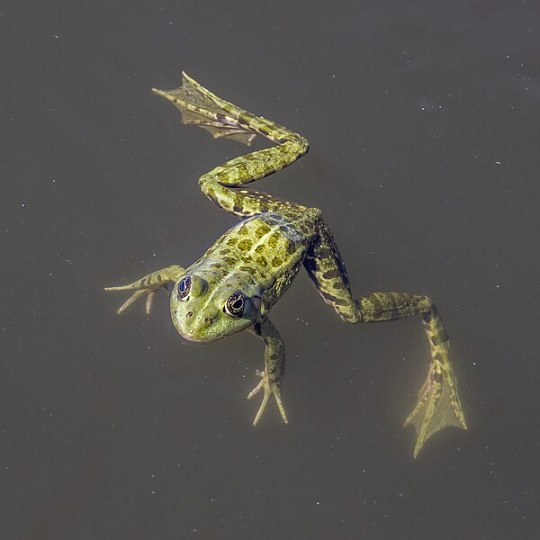
Green Frog aka European Edible Frog aka Common Water Frog (Pelophylax esculentus complex), family Ranidae, Danube Delta, Romania
This frog is now understood to be the fertile hybrid of the Pool frog (Pelophylax lessonae) and the Marsh Frog (Pelophylax ridibundus).
photograph by Charles J. Sharp
284 notes
·
View notes
Photo
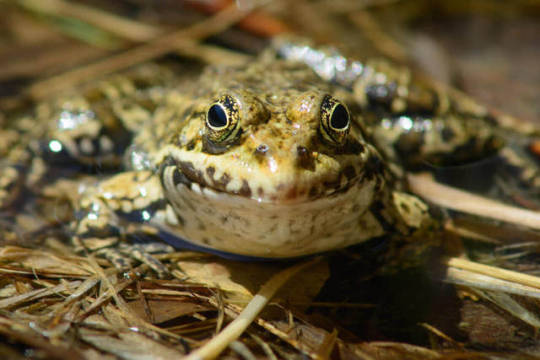
kuhnmi/Flickr (CC BY 2.0)
3 notes
·
View notes
Photo
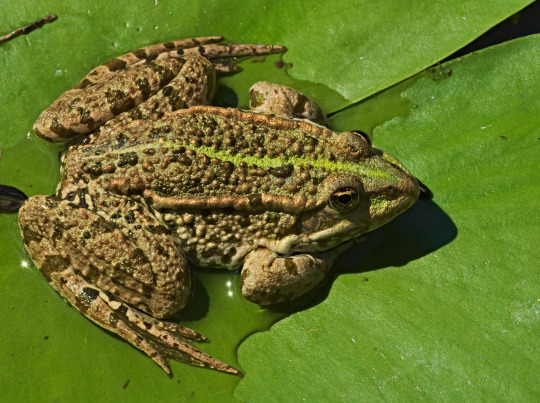
Picture of the day: Marsh frog (Pelophylax ridibundus) by the fishing ponds in Rimbach, Hesse, Germany. https://t.co/wdZzbwlpUv
0 notes
Text

(record scratch)
(freeze frame)
Yep, that’s him. You’re probably wondering how he got into this situation.
For once, it’s not a long story. Witch’s curse. No more complicated than that. Suspected anomalous combustion of an orphanage, Dragunov was in the area, one thing led to another and now he is Pelophylax ridibundus. Frog.
Thaumaturgy is not his area of expertise, but Raptor personnel assure him the change is temporary.
Which is good, because if he hears another herpetologist coo over what a cute baby he is he’s going to puke.
4 notes
·
View notes
Photo

Weiße Seerose (Nymphaea alba). Ansicht mit Seefrosch (Pelophylax ridibundus oder Rana ridibunda), um 1925
93 notes
·
View notes